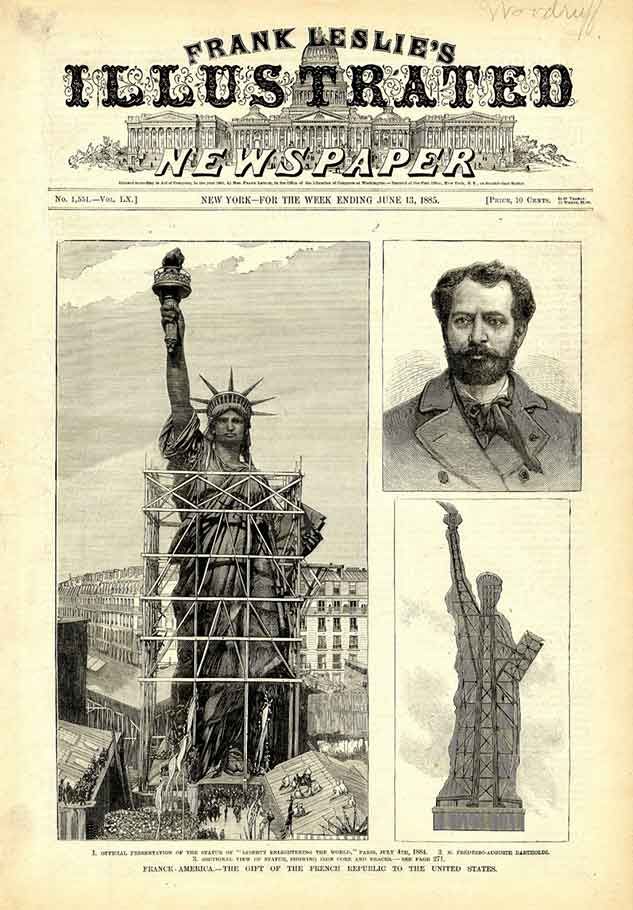
February 2017
<p>There has been much talk in recent months about the possibility of a contested Presidential nominating convention. But commentators seem to be quite unaware that candidates have often not been decided until later ballots -- sometimes with happy results. Twelve of the Presidential conventions convened over the years by major parties failed to produce a winner on the first ballot. For example, only 22% of the delegates voted for Abraham Lincoln on the first ballot at the Republican convention in 1860. Lincoln eventually won because supporters of William Seward and Salmon Chase adamantly refused to vote for their rival, while delegates who had supported nine other candidates eventually coalesced around Lincoln as the compromise.</p>
Young America is a star-spangled account of the perilous, exuberant, dissension-filled first six decades of the United States.
The book opens with George Washington's triumphant journey to New York City for his inauguration as first president of the United
States. It ends with Abraham Lincoln's solemn farewell to Springfield as he takes a train to Washington to become the sixteenth - and
almost the last - president of a country torn by the secession of seven of its states.
In between, historian Francis Russell vividly details the events that first molded the American way of life and gave the young nation the
will and ability to survive.
At Yorktown, Virginia, after six and a half years of fighting, General George Washington and his troops and their French allies brought the
American Revolution to a victorious end. Here, from New York Times bestselling author Thomas Fleming is the vivid account of the
stunning reversal of British fortunes that led to the surrender of Lord Cornwallis and the birth of the American nation.
At dusk on December 8, 1941, the carrier Enterprise and her escort of cruisers and destroyers entered Pearl Harbor. Officers and men
lined the rails, watching in stunned silence. The twisted, smoldering superstructure of the Arizona was still aflame, and there was a stench
of charred wood and fuel oil in the air.
"Morale went to nothing just about then," said an officer on one of the escorting cruisers. "We were sick and shocked. We couldn't
believe that this had happened to us." Through the night, the crew of the Enterprise, under the command of Admiral William "Bull"
Halsey, took on fuel, provisions, and ammunition. Before dawn it was back at sea.
The Enterprise was just one of the carriers that won the war in the Pacific. Here is the extraordinary story of the men and ships that turned
the tide of the war.
At dusk on December 8, 1941, the carrier Enterprise and her escort of cruisers and destroyers entered Pearl Harbor. Officers and men
lined the rails, watching in stunned silence. The twisted, smoldering superstructure of the Arizona was still aflame, and there was a stench
of charred wood and fuel oil in the air.
"Morale went to nothing just about then," said an officer on one of the escorting cruisers. "We were sick and shocked. We couldn't
believe that this had happened to us." Through the night, the crew of the Enterprise, under the command of Admiral William "Bull"
Halsey, took on fuel, provisions, and ammunition. Before dawn it was back at sea.
The Enterprise was just one of the carriers that won the war in the Pacific. Here is the extraordinary story of the men and ships that turned
the tide of the war.
The air war over Europe during World War II proved that combat in the sky can be even more devastating than combat on the ground.
When the war ended, every major city in Germany was virtually destroyed. A German writer admitted that his own nation, in taking up the
sword to conquer the world, had "summoned up those bands of furies which raced across the German skies." Here, from the acclaimed
historian Stephen W. Sears, is the story of Europe's air war.
The American Heritage History of World War II was first published in 1966. At the time, author and Pulitzer Prize-winning journalist C.L.
Sulzberger received widespread praise for his authoritative account of the six-year war that involved more than fifty-six nations, resulted
in the death of some 22 million people, and shaped the course of history. His work became a standard reference on the war.
Stephen E. Ambrose, one of the most highly regarded historians of our time, oversaw a major revision of this classic work. Seamlessly
incorporating new material and insights, Ambrose produced a comprehensive and riveting account of the war’s key characters and events.
In planes and foxholes, in deserts and jungles, on ships and beaches, Ambrose shines a light on the people involved - the leaders, the
fighters, the victims. He also added new chapters on the atrocities of the Holocaust and revelations about the secret war of espionage.
Ambrose’s analysis also offers insight into the events that precipitated the Cold War.
